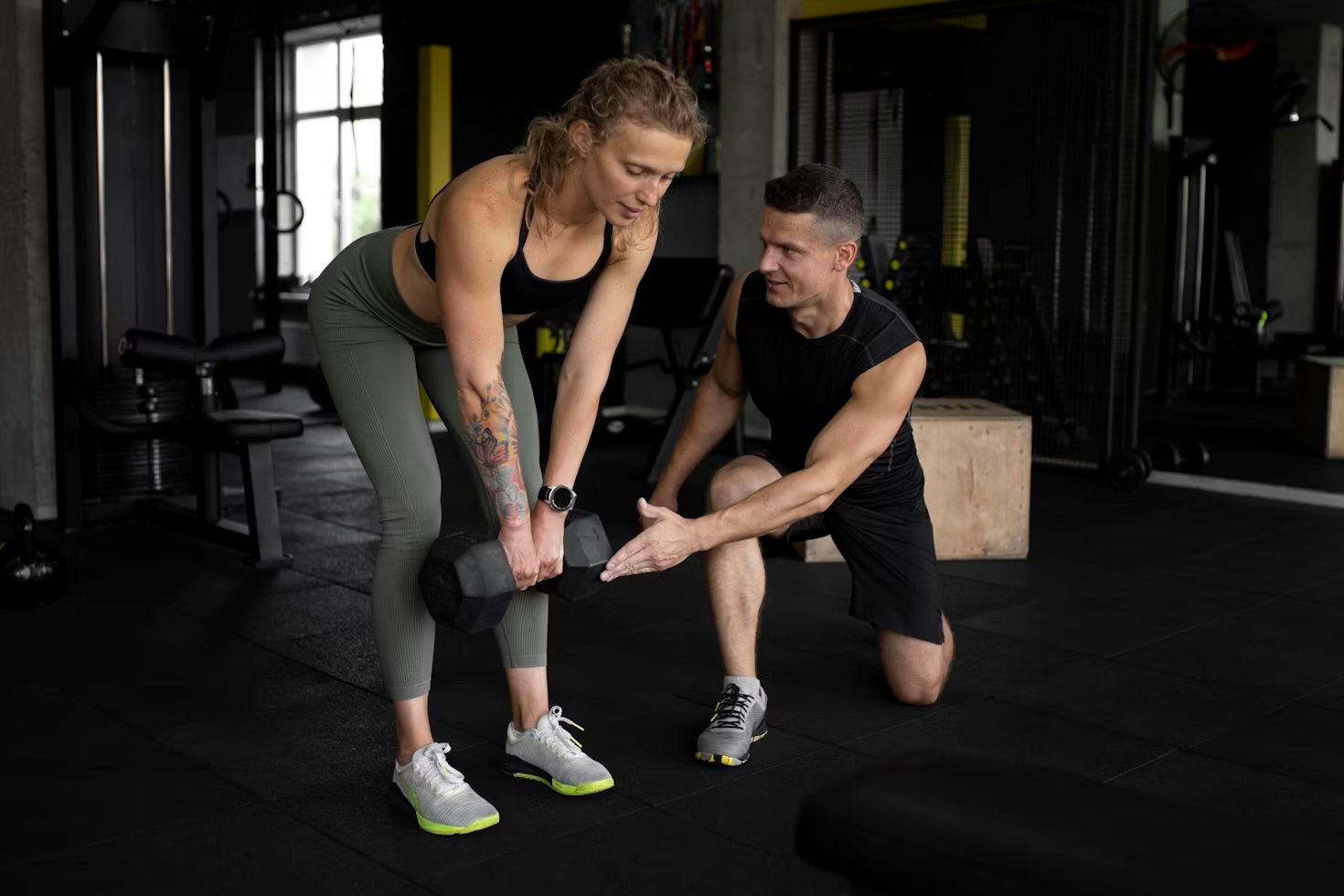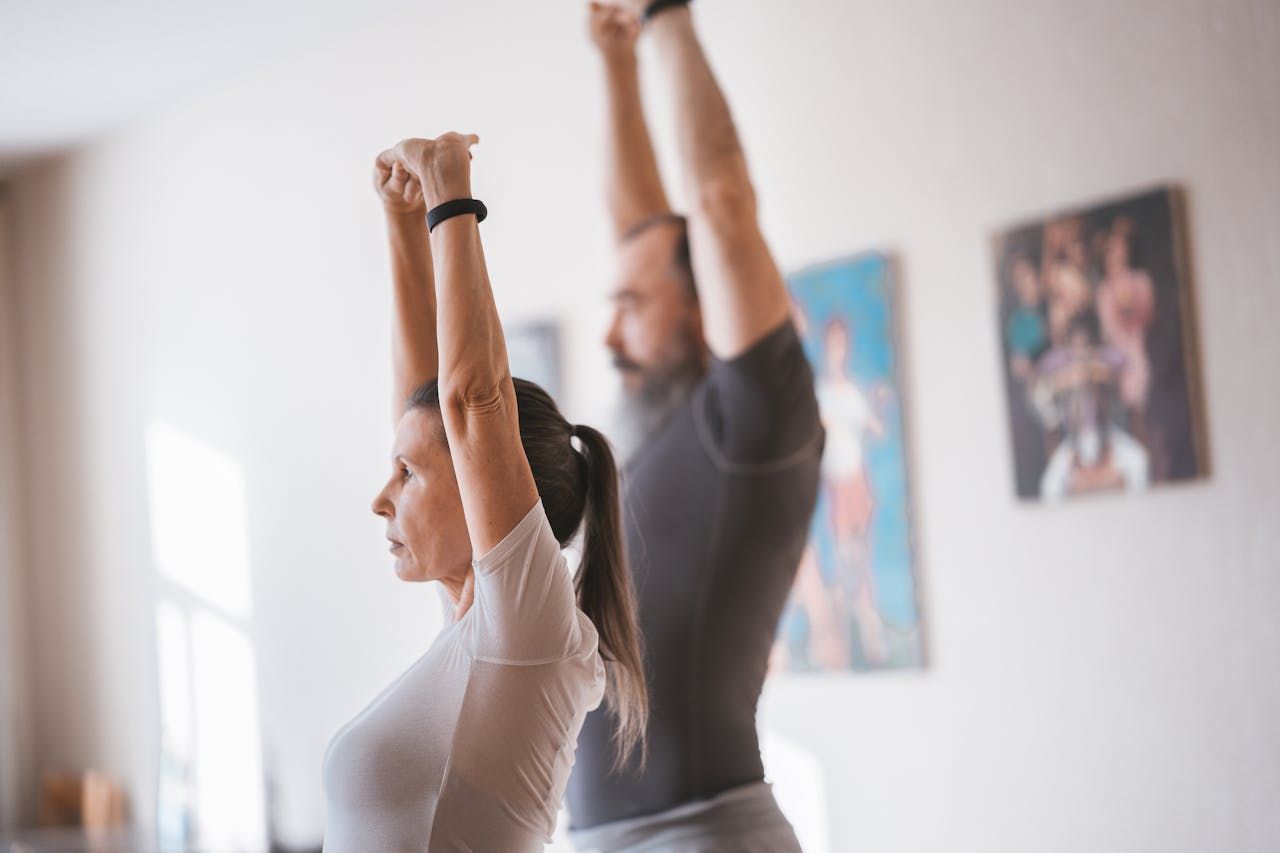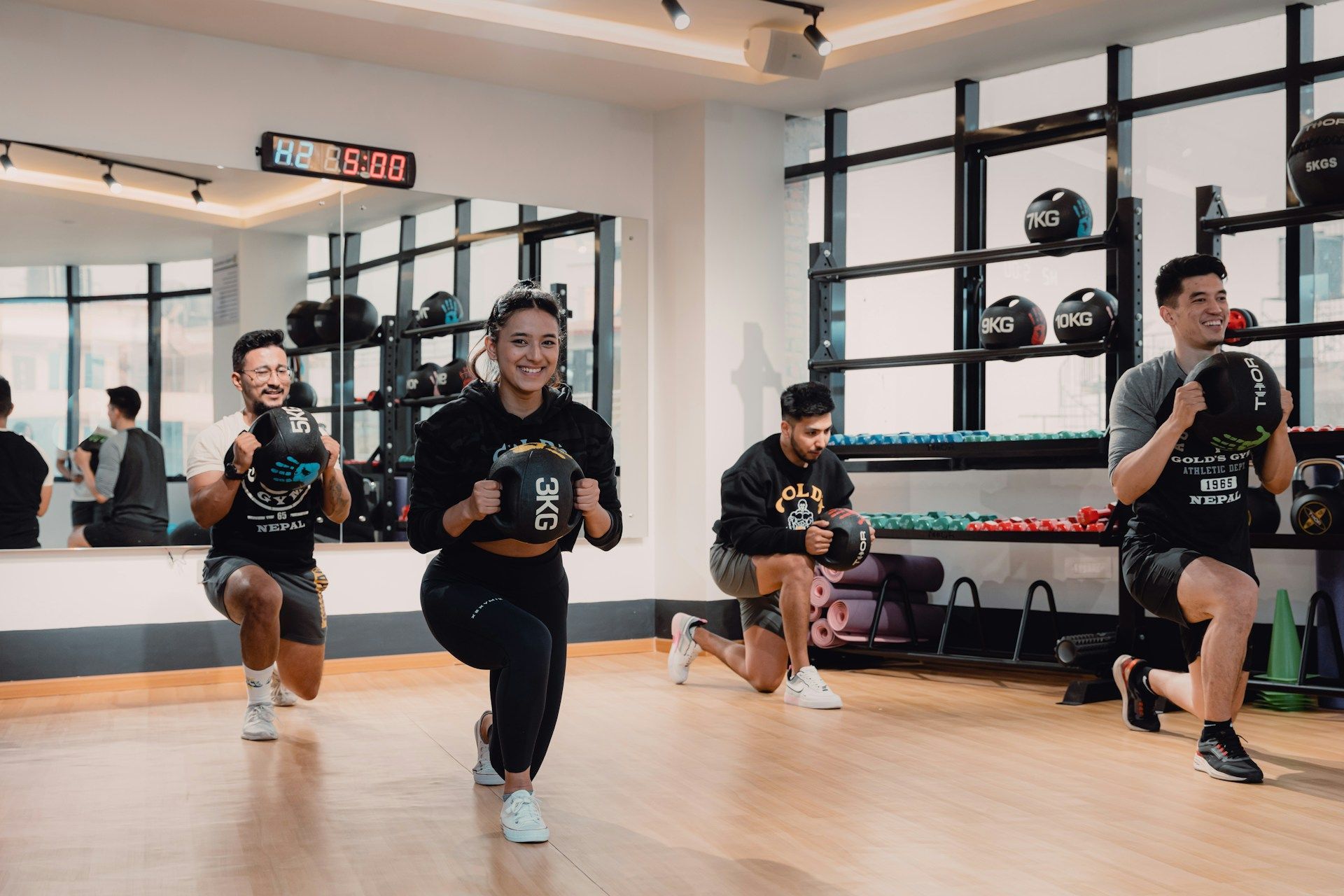Balancing Movement and Rest During Stroke Recovery in Decatur
Recovering from a stroke takes time, patience, and the right mix of activities that support healing without pushing too far. For many people in Decatur starting their recovery, movement can feel encouraging one day and tiring the next. Knowing when to move and when to rest can be hard. Both movement and rest matter, and finding a rhythm that works for your body is key.
If you're working through stroke recovery, you're likely already aware that rest alone isn’t enough, but constantly moving might cause setbacks. That’s why combining light activity with built-in downtime is so helpful. At Live Oak Fitness in Decatur, our personal trainers can work with you or your loved one to strike a safe and manageable balance.
It is important for your health and safety to always check with your doctor or one of the personal trainers at Live Oak Fitness before beginning any workout program.
The Importance of Movement in Stroke Recovery
Letting your body stay too still can lead to stiffness, loss of mobility, and even slower recovery. That said, movement doesn't need to be intense to make a difference. Things like light walking, stretching, and guided strength activities can help your muscles remember how to work again without overloading your system.
In Decatur, where warmer summer days can sap your energy, early morning or late evening workouts in a cool, indoor space may be better. This reduces fatigue while still encouraging physical gains. For someone recently affected by a stroke, even small efforts count.
Here are examples of light movements that are usually helpful during stroke recovery:
- Seated leg lifts or arm raises
- Wall-supported standing exercises
- Basic grip-and-release movements using a soft ball
- Gentle range-of-motion shoulder and neck stretches
- Short, slow indoor walks with support as needed
These activities wake the muscles up and keep circulation steady. Done consistently, they help rebuild strength and coordination. The key is to move just enough without tipping into exhaustion. Professional consultation, timing, and your individual response all matter.
Recognizing When To Rest
Exercise brings value, but recovery depends just as much on quality rest. Knowing the signs that it’s time to pause can prevent setbacks and keep your progress on track. This doesn’t mean skipping activity altogether. It means spacing things out so your body can recharge properly.
In Decatur’s summer heat, rest might need to happen more often. Fatigue sets in faster, even with lighter workouts. It’s important to watch and listen for indicators that you're pushing too hard. These might show up during or after an activity.
Here are a few signs that it's time to rest:
- You feel lightheaded, dizzy, or unusually tired mid-exercise
- Any limb begins to shake or freeze up during movement
- You feel sharp discomfort or ongoing soreness after activity ends
- Speech starts slurring or focus becomes harder than usual
- Breathing gets heavier or rushed with basic effort
If any of these pop up, it's smart to slow down and take a break. Rest isn't just about sleeping or lying down. It can mean sitting quietly and observing your breathing. Or switching to mental tasks like puzzles or music. These still strengthen recovery without draining your energy.
Staying consistent with both rest and movement, checking in with your body, and making small changes based on how you feel each day play a big part in long-term progress.
Role of a Fitness Trainer in Decatur
When stroke recovery reaches a point where progress feels stuck or uncertain, having a fitness trainer in Decatur can offer the direction that’s been missing. Each person heals at their own pace, which means there’s no standard process for everyone. A trainer who understands recovery can make sessions feel more manageable by adjusting activities based on how you’re doing day to day.
In Decatur, summer heat can drain energy even in short bursts. A local trainer can plan sessions during cooler parts of the day and use indoor settings to focus on low-impact exercises tailored to your needs. The goal isn’t to push harder. It’s to move smarter, with technique that supports healing without triggering setbacks. That includes knowing when to take breaks, when to scale things back, and when to try something new.
For someone adapting to life after a stroke, the return of familiar movements like reaching for a bottle or standing for a minute without support can feel like a personal win. A trainer can observe and respond to small changes in form, balance, or effort before they lead to injury or frustration. This kind of feedback is hard to get alone or from a general fitness class.
A trainer’s job is to guide your body forward while keeping safety a top priority. Scheduling regular check-ins and reviewing progress keeps things organized but still flexible. If your strength or comfort level shifts, workouts shift right along with it. Having someone supportive in your corner can bring structure while still allowing you the freedom to speak up and make adjustments.
Practical Tips for Balancing Movement and Rest
In Decatur, the long daylight hours in early summer can be used to your advantage. Building an easy rhythm each day where activity and downtime work together is one way to keep recovery steady and make sure you don’t overdo either one. Here are some ways to maintain that balance:
1. Use visuals. Mark your calendar with active and rest days. Color coding can help you see your week at a glance and notice trends like skipped days or tired stretches.
2. Assign each movement a purpose. Rather than doing everything at once, focus sessions on one goal like walking steadily or improving sit-to-stand movements.
3. Watch the clock, not your limits. Set a time cap for activity sessions instead of pushing to discomfort. Even 10 to 15 minutes can be enough on a tough day.
4. Include rest in your routine, not just when you crash. It’s harder to recover when you keep going until you can’t anymore. Pre-planned breaks give your body the space it needs.
5. Check for changes. Keep a small journal of how your body responds to movement over time. If something suddenly becomes harder, it may be time to rest more or reassess your plan.
Checking in with yourself and staying honest about how you feel isn’t always easy, especially when motivation is there but your body isn’t keeping up. Creating a plan that bends instead of breaks matters more than sticking to a schedule that’s too rigid.
Making Recovery Work for You Each Day
In Decatur, where summer humidity can hit harder than expected, recovery becomes less about finishing a workout and more about adjusting to conditions day by day. Having a flexible outlook lets you switch gears without feeling like you’ve lost momentum. One day might be about balance. Another might focus on range of motion. Or it could simply be about getting through a series of light stretches without too much fatigue.
Recovery isn’t measured just by how fast you move, but by how well your body responds afterward. That’s why taking the pressure off and being consistent holds more value than chasing big milestones. A shorter session that ends with you feeling steady is more effective than a painful one that sets you back.
The truth is, stroke recovery is filled with stops and starts. That’s normal. But you don’t have to figure it all out alone. Live Oak Fitness works alongside people throughout Decatur who are navigating these same steps. With trainers who understand the physical and emotional shifts that come with healing, you’ll always have a partner who can help make each movement and rest period count.
If you're working toward steady recovery and want extra guidance to help you move forward safely, partnering with a fitness trainer in Decatur could make all the difference. At Live Oak Fitness, we’re here to support your goals with care, experience, and a focus on real progress at your pace.











